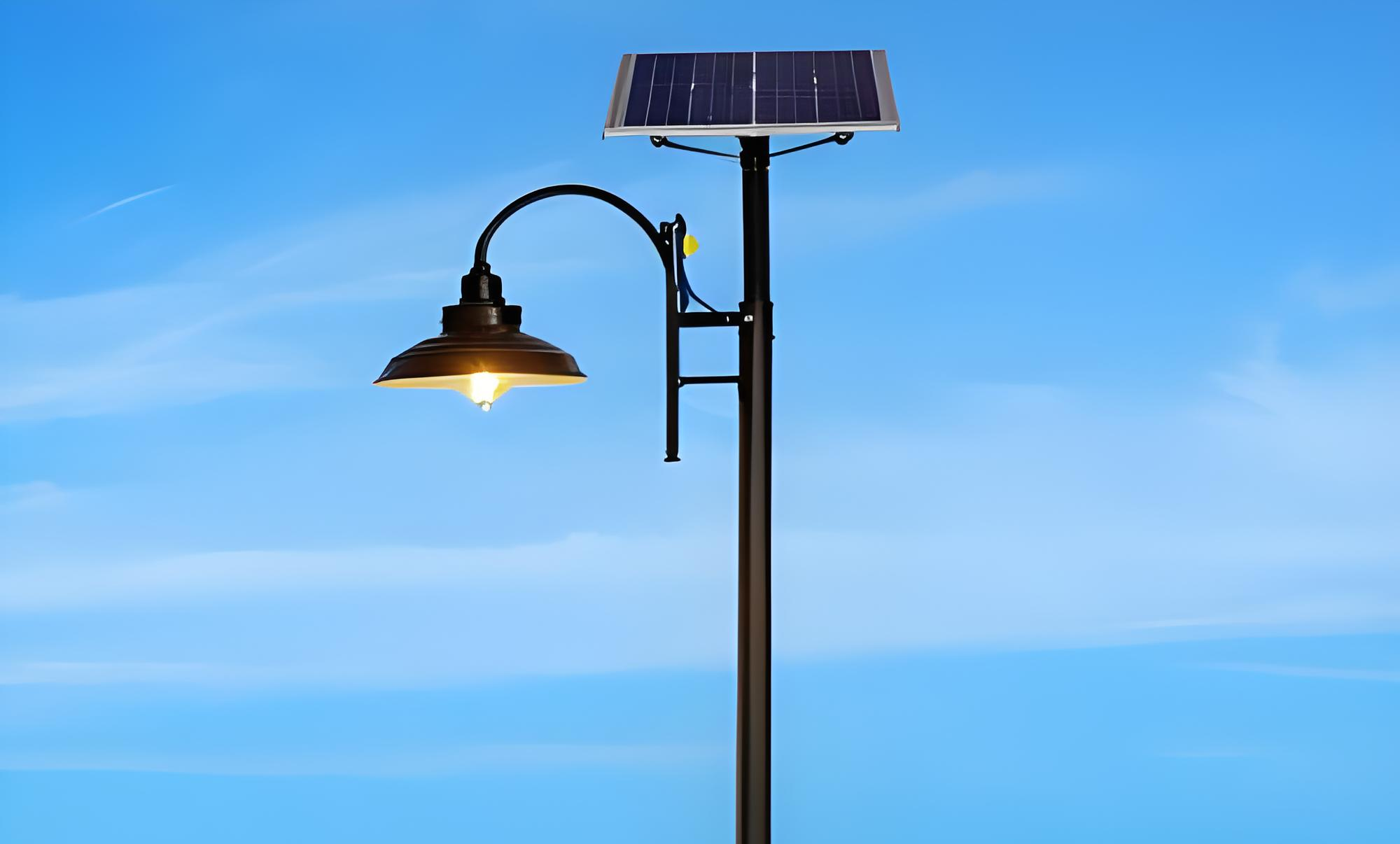Street lighting systems are essential for urban safety, energy efficiency, and smart city development. Traditionally, street lights have been controlled manually, requiring physical intervention for operation and maintenance. However, with advancements in IoT (Internet of Things) and smart city technologies, remote-controlled street lighting has emerged as a superior alternative. This article compares the two approaches and highlights the key advantages of remote control over manual methods.
1. Operational Efficiency
Manual Control:
Requires on-site personnel to switch lights on/off or adjust brightness.
Time-consuming, especially in large cities with thousands of lights.
Prone to human error (e.g., forgetting to turn off lights during daylight).
Remote Control:
Enables centralized or automated control via software (e.g., mobile apps, cloud platforms).
Lights can be scheduled or triggered by sensors (e.g., dusk-to-dawn activation).
Reduces labor costs and improves response times.
Advantage: Remote control eliminates the need for physical intervention, making operations faster and more efficient.

2. Energy Savings & Cost Reduction
Manual Control:
Lights may remain on unnecessarily due to delayed manual adjustments.
Higher electricity consumption due to lack of adaptive dimming.
Increased maintenance costs from frequent manual checks.
Remote Control:
Smart dimming adjusts brightness based on real-time conditions (e.g., traffic, weather).
Motion sensors can activate lights only when needed, reducing energy waste.
Lower operational costs due to reduced manpower and optimized power usage.
Advantage: Remote-controlled systems significantly cut energy bills and maintenance expenses.
3. Maintenance & Fault Detection
Manual Control:
Faults (e.g., burnt-out bulbs, electrical issues) are detected only during physical inspections.
Longer downtime due to delayed reporting and repairs.
Higher risk of unnoticed malfunctions.
Remote Control:
Real-time monitoring detects failures instantly via IoT sensors.
Automated alerts notify maintenance teams for quick fixes.
Predictive maintenance reduces long-term repair costs.
Advantage: Remote monitoring ensures faster issue resolution and extends the lifespan of lighting systems.
4. Flexibility & Scalability
Manual Control:
Difficult to adjust lighting schedules city-wide without significant effort.
Scaling up requires hiring more personnel, increasing costs.
Remote Control:
Lighting schedules and brightness can be adjusted remotely for entire districts.
Easily scalable—new lights can be integrated into the existing smart network.
Adaptable to future smart city upgrades (e.g., integration with traffic systems).
Advantage: Remote systems offer greater flexibility and future-proof infrastructure.
5. Environmental Impact
Manual Control:
Higher energy waste due to inefficient operation.
More vehicle emissions from maintenance crews conducting manual checks.
Remote Control:
Optimized energy use reduces carbon footprint.
Solar-powered smart lights can further enhance sustainability.
Advantage: Remote-controlled lighting supports eco-friendly urban development.
While manual control of street lights has been the traditional approach, remote-controlled smart lighting systems offer clear advantages in efficiency, cost savings, maintenance, scalability, and sustainability. As cities worldwide embrace smart infrastructure, transitioning to IoT-based remote control for street lighting is a logical step toward safer, greener, and more intelligent urban environments.
By adopting remote-controlled lighting, municipalities can enhance public services, reduce operational costs, and contribute to a more sustainable future.


 Energy Efficiency: How Remote-Controlled Street Lights Reduce Power Consumption
Energy Efficiency: How Remote-Controlled Street Lights Reduce Power Consumption
 Lower Maintenance Costs with Smart Street Light Monitoring
Lower Maintenance Costs with Smart Street Light Monitoring
 Enhanced Public Safety Through Intelligent Street Lighting
Enhanced Public Safety Through Intelligent Street Lighting
 Smart City Integration: How Remote-Controlled Street Lights Enable Future-Ready Infrastructure
Smart City Integration: How Remote-Controlled Street Lights Enable Future-Ready Infrastructure